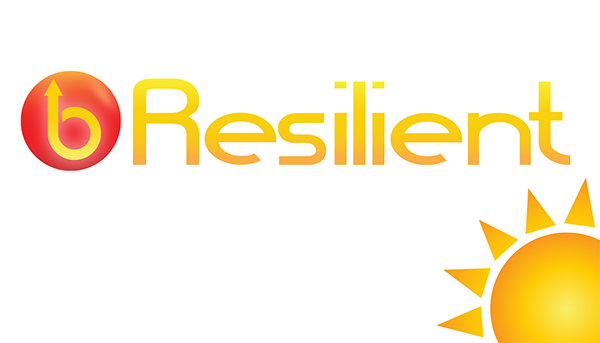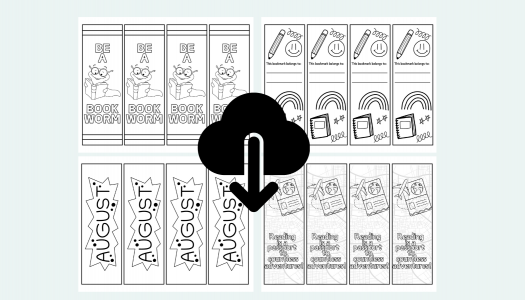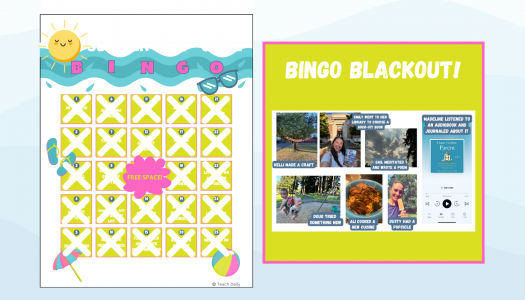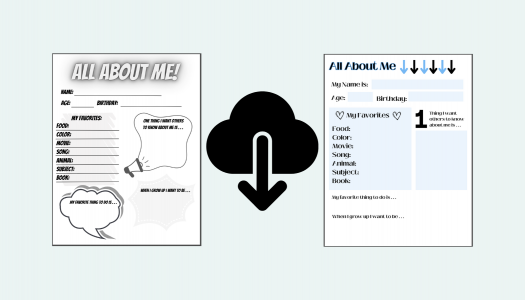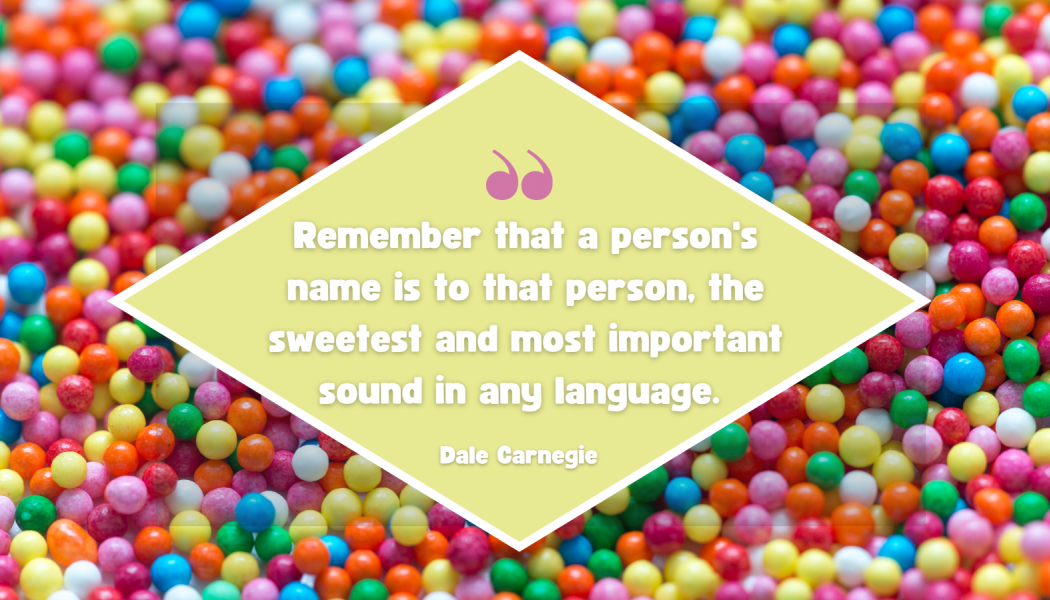
Allison Behne
My husband, Carl, has a gift for remembering people’s names. When he meets someone new, he makes eye contact, introduces himself, and extends his hand for a handshake. He repeats their name and, if necessary, asks for clarification on its pronunciation. Then, he remembers it. He not only remembers it but also makes a point to call people by their names every chance he gets. I witnessed the impact of this recently when we visited a car dealership.
Our salesman, Gonzalo, introduced himself to my husband. Carl repeated his name, asked for clarification on the pronunciation, and made sure he got it right. Gonzalo looked surprised and pleased that someone cared enough to pronounce his name correctly. This simple act of respect set a positive tone for the rest of our interaction, making Gonzalo feel acknowledged and valued.
This experience made me reflect on the power of names and the importance of using them correctly, especially in the classroom. As teachers, we interact with many students, each with a unique identity and background. Remembering and using their names correctly is a small but powerful way to show that we see them as individuals and that we care about them.
A name is more than just a label; it is an essential part of a person’s identity. When we take the time to learn and use our students’ names correctly, we show respect for their individuality and create a sense of belonging. This simple act can have a profound impact on a student’s self-esteem and engagement in the classroom.
Consider the diverse names you encounter in your classroom. Some may be unfamiliar or challenging to pronounce, and making an effort to learn them shows your students that they matter. Just like Carl did with Gonzalo, ask for clarification if needed, and practice until you get it right. This effort does not go unnoticed; it builds trust and rapport with your students.
Imagine a classroom where every student feels seen and valued because their teacher knows and uses their name correctly. This small act of respect can make students feel more comfortable, confident, and willing to participate. It helps create an inclusive and supportive learning environment where students are more likely to engage and succeed.
Moreover, using students’ names correctly can enhance classroom management. When students feel respected and recognized, they are more likely to respond positively to instructions and expectations. It fosters a classroom culture of mutual respect and cooperation.
In the end, the power of a name lies in its ability to connect us to one another. By taking the time to learn and use our students’ names correctly, we communicate that each student is an important part of our classroom community. Let’s commit to this simple yet powerful practice and watch how it transforms our classrooms into spaces of respect, connection, and success.

News From The Daily CAFE
August Bookmarks
Summer Self-Care Bingo
All About Me
